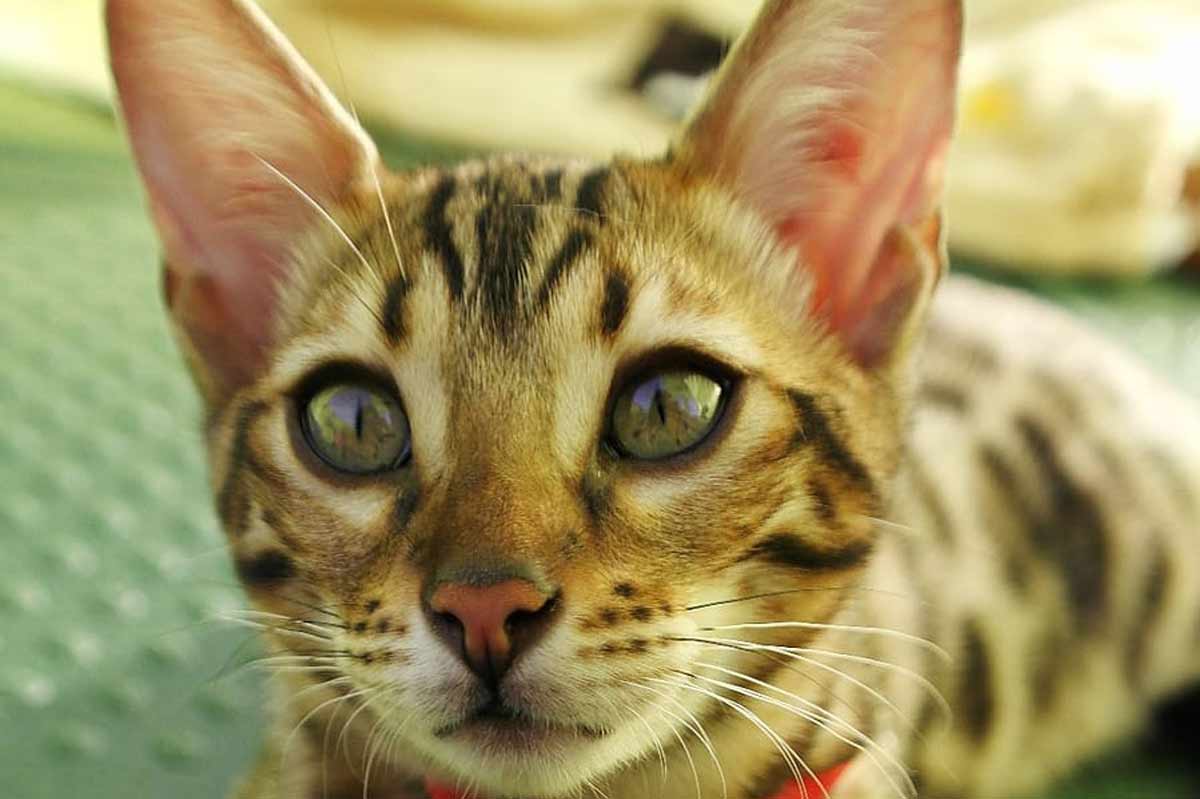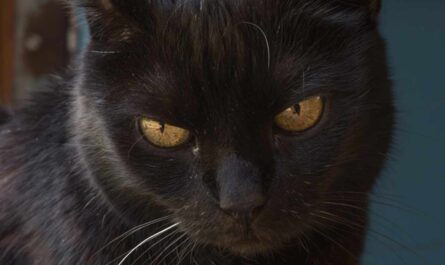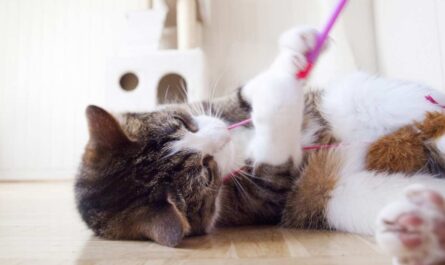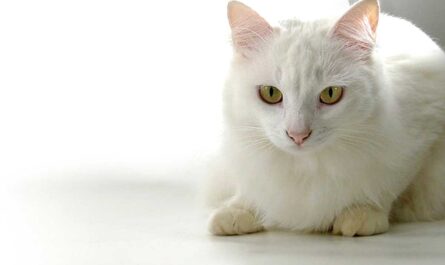How to tell if your cat has Down syndrome? Regrettably, it’s imperative to underscore the biological impossibility of cats acquiring Down syndrome. Down syndrome, a chromosomal anomaly exclusive to humans, arises from the presence of an additional chromosome 21. This genetic aberration results in distinct physical and cognitive characteristics. Notably, felines possess a disparate chromosomal makeup, comprising 19 pairs of chromosomes as opposed to the 23 pairs found in humans. Consequently, the fundamental genetic prerequisite for Down syndrome is absent in cats, rendering it physiologically unattainable for them.
Similar Symptoms and Alternate Conditions
Nonetheless, it’s noteworthy that cats may display symptoms akin to those associated with Down syndrome in humans, albeit stemming from different genetic or health-related origins. These manifestations might manifest due to various underlying conditions, such as genetic anomalies or certain health disorders. While the parallelism in symptoms could evoke concerns among cat owners, it’s imperative to discern these subtleties. Seeking guidance from a qualified veterinarian becomes paramount in elucidating the underlying factors contributing to your cat’s health or behavioral anomalies. By leveraging their expertise, veterinarians can conduct comprehensive assessments to delineate any potential issues accurately. Subsequently, they can formulate tailored treatment plans to address the specific needs of your feline companion, ensuring their well-being and vitality are prioritized.
Characteristics of Down Syndrome in Cats
When exploring the manifestations of Down syndrome in felines, it becomes apparent that these adorable creatures possess a distinct set of physical traits that set them apart. Among these characteristics, one may observe a notable prevalence of low muscle tone, rendering their movements somewhat languid and gentle. Additionally, their stature tends to be diminutive, contributing to their endearing appearance. A noteworthy feature often observed is a flattened nasal bridge, further distinguishing them from their non-affected counterparts. Moreover, beyond these physical attributes, Down syndrome-afflicted cats often display a certain degree of cognitive impairment, presenting challenges in their learning and comprehension abilities. These unique traits collectively paint a vivid picture of the distinctiveness inherent in felines with Down syndrome.
Genetic Impossibility and the Feline Chromosomal Landscape
Delving deeper into the genetic underpinnings of Down syndrome in cats unveils a fascinating conundrum. Unlike humans, who possess 23 pairs of chromosomes, felines boast a mere 19 pairs. This genetic discrepancy poses a perplexing puzzle: How can Down syndrome, a condition traditionally associated with an extra copy of chromosome 21 in humans, manifest in a species with a fundamentally different chromosomal makeup? The answer lies in the intricate dance of genetics, where the emergence of Down syndrome in cats defies conventional expectations. Given the inherent limitations imposed by feline genetics, the existence of true Down syndrome in cats becomes a scientific enigma, challenging our understanding of genetic disorders across species boundaries.
:strip_icc()/MeowingCat2122x1415-ElisaBin-56a112603df78cafdaa9219b.jpg)
Other Interesting Articles
- How to Stop A Cat from Spraying after Neutering: 11 Tips
- How to Tell if A Cat is in Pain from Arthritis: How to Help
- 14 Reasons Why Is My Cat Making Weird Purring Noises
- How to Take Care of A Kitten without A Mother: 21 Tips
- What Is Caterwauling? 10 Most Common Reasons Cats Do It
- How to Introduce A Cat To A New Home When Moving?
- Cat Declawing: Tips, FAQs, Health, Alternatives, Pros, Cons
- New Cat? 20 Common Warning Signs When Introducing Cats
- 23 Sure Signs Your Cat May Be in Pain and How to Help It
- How to Stop A Neutered Cat From Spraying: 15 Simple Tips
- 12 Signs Your Cat May Require a Feline Companion
- Feline Pheromones: 12 Ways Calming Cat Pheromones Work
- Do Cats Feel Lonely without Other Cats? 6 Signs of Loneliness
- 10 Reasons Why Cats Hiss: How To Stop The Behavior
- Cat Feeding: Tips, Guide, FAQs, Chart for Kittens to Veterans
- Cat Vaccinations: Schedule, FAQs, Side Effects, and Costs
- 44 Strange, Weird, and Random Cat Behaviors Explained
- 21 Pro Tips for Fostering Kittens: Essential Care Guide
- 18 Cat Sounds Your Feline Makes: What They Mean
- Sexing Kittens: How to Tell, Determine the Sex of Your Kitten



